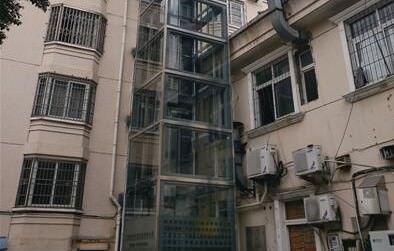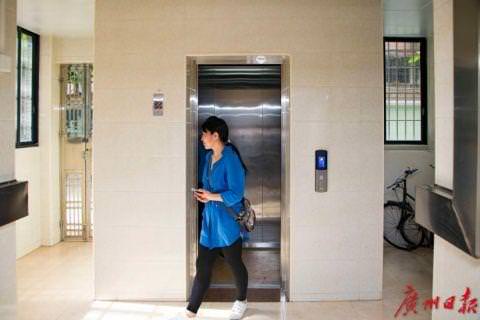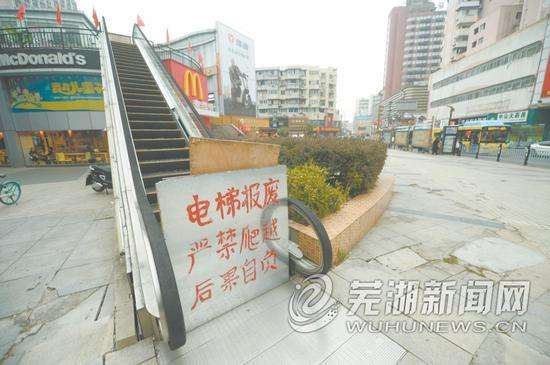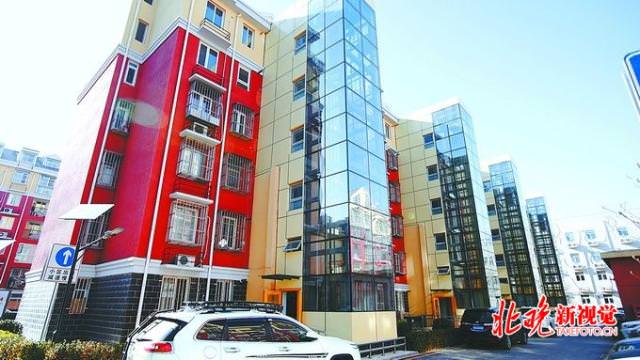“The first elevator installation was successful”

In addition to the 200,000 yuan subsidized by the government, the remaining 300,000 yuan of installation costs will be shared by the residents in the corridor. After 10 households negotiated, the distribution ratio was determined: 20.5% on the 6th floor, 15% on the 5th floor, 9% on the 4th floor, 4% on the 3rd floor, and 1.5 on the 2nd floor. %, Owners on the first floor do not share. The maintenance of elevators and the burden of electricity costs are also apportioned in this proportion. (“The Modern Gold News” on November 14)
With the aging of the population structure, the installation of elevators in old communities has gradually changed from a specific demand to a universal demand. For the old people, “difficult to climb the building” is not only a physical pain, but also a mental torment; in the real estate trading market, step rooms without elevators are not to be seen, not only difficult to deal, but also Affects the market premium of real estate. The installation of elevators in old communities will help improve the living conditions of ordinary people, improve the quality of life and happiness of the elderly, and gradually become a trend of the times.
In addition to the “system blood supply” of the public sector, the dream come true is also inseparable from the positive interaction between the residents of the old community. The key to the “successful installation of the first elevator” is that different residents can form a plan that everyone can accept through interest negotiation and interest games. Eliminated the “gap between debris” among residents on different floors, and searched for the largest “common divisor of value”; only if everyone “thinks in one place and works hard in one place”, the installation of an elevator will not leave the meeting open , Never do, never do.
Residents of the same building have different levels of needs for installing elevators on different floors and benefit from them differently, so they should be treated differently in terms of cost sharing; the higher the floor, the more costs they bear; The lower the floor, the less the cost, and the residents on the first floor do not have to bear it. Residents on the first floor have the least demand for retrofitting elevators and have limited benefits. If they use various reasons such as affecting house lighting and family travel to obstruct and not cooperate, retrofitting elevators will be stranded. It is precisely because the residents on the first floor know how to think differently, and are willing to be considerate of others and fulfill others. In some places, because it is difficult for residents to coordinate the interests of the installation of the elevator, and it is difficult to form a value consensus, the installation of the elevator has been delayed.
As a public business, installing elevators in old communities can easily fall into the “free-rider dilemma”. Some residents have a very strong and urgent need to install an elevator. Some residents think that installing an elevator is a good thing. They can barely cope without installing an elevator. Some residents are worried that the cost sharing is not fair and reasonable … the so-called public is difficult to adjust. Fortunately, it is not as easy as we think; under the leadership of enthusiastic people, through the break-in and collision again and again, residents have fewer and fewer differences and more and more consensus, and finally installing an elevator can achieve everything.
Respect and respond to the diverse and differentiated interests of residents, and are willing to “beauty of adults”. This is the “success code” for elevator installation regardless of the region or the old community. The residents living in the same building form a community of social life. Making the installation of elevators more beneficial to the people in the old communities will help meet their longing for and pursuit of a “better life.” * The above are only the author’s personal comments, and do not represent the views of this website.




